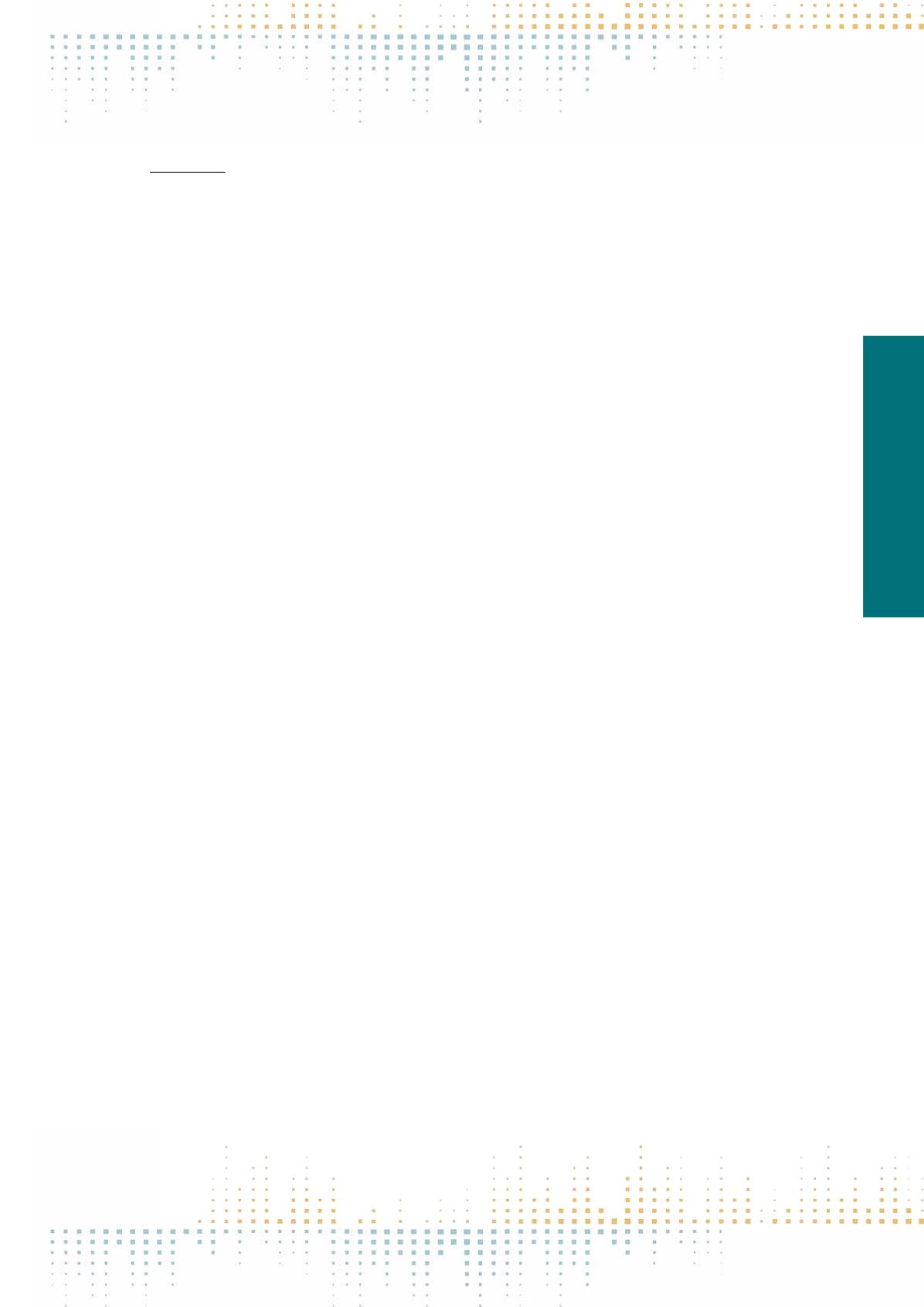

309
Saturday, November 12
1 6 : 0 0 – 1 7 : 3 0
PP 710
Thinking, Creating and Dialoguing in Multimedia Contexts
S. Cortés-Gómez
1
, R. Martinez Borda
1
, M.R. García-Pernía
1
, J. De la Fuente Prieto
1
1
Universidad de Alcala, Filologia- Comunicación y Documentacion, Alcala de Henares, Spain
The use of smartphones and tablets opens up possibilities in terms of communication. Screens and images have generated a new landscape which demands
new skills. Becoming creators of multimedia productions can be a difficult task for adults and kids alike, and creation is not only an individual process; it
has its roots in community practices through group processes involving popular or academic culture (Gee, 2005). This paper analyses the conversations
between people who participated in the workshop. We understand these to be a fundamental strategy to achieve new forms of literacy. Conversations in
small or large groups allow us to focus our ideas and create a basis to start from. The challenge arises when it comes to creating audiovisual messages. We
can look at other productions, or reflect on and discuss other online videos. We must discuss our goal and the ideas we want to convey, bearing in mind our
audience (Barnes, 2013). Certain principles that stem from our experience will help young people become aware of the discourse they use. The adults' role
is essential (Rogoff, 1996; Lacasa et al. 2016). The main goal of this paper is to analyse the experiences of adolescents when creating multimedia produc‑
tions in an innovative environment based on the concept of dialogue. The specific objectives: 1) To analyse the learning process supported by the dialogue
that takes place within the workshop community; 2) to explore the adult's role as a guide based on the goals and objectives that have been proposed in
the workshop, and 3) to examine the audiovisual productions created in the workshop based on the discussions between youth and adults in large and
small groups. We combined some qualitative methods and used an ethnographic point of view (Bremen, 2013; Horst & Miller, 2012). Our data comes from
a series of workshops held at Telefónica's Flagship Store (Madrid, Spain) with teens aged between 8 and 14. We examine some of the children's productions
and the dialogue generated during this time. The results give us the following ideas for discussion: 1) Each of the videos shows a higher level of conceptual
development than the previous one; 2) These levels were established step by step throughout the session during the small group situation, and 3)The cre‑
ative process was always supported by the dialogue between the researchers and the children. Barnes, S. B. (2013). Social networks: from text to video.
NewYork: Peter Lang International Academic Publishers. Brennen, B. (2013). Qualitative research methods for media studies. NewYork; London: Routledge.
Gee, J. P. (2005). La ideología en los discursos. Madrid: Morata. Horst, H. A., & Miller, D. (2012). Digital anthropology (English ed.). London; New York: Berg.
Lacasa, P., et al., Eds. (2016). Young Digital. Interactive Workshops. Madrid, Apple Store (iBook, online). Rogoff, B., Matusov, E., &White, C. (1996). Models
of teaching and learning: participation in a community of learners. In D. Olson & N. Torrance (Eds.), The handbook of education and human development
(pp. 388–414). Cambridge, MA: Blackwell.



















